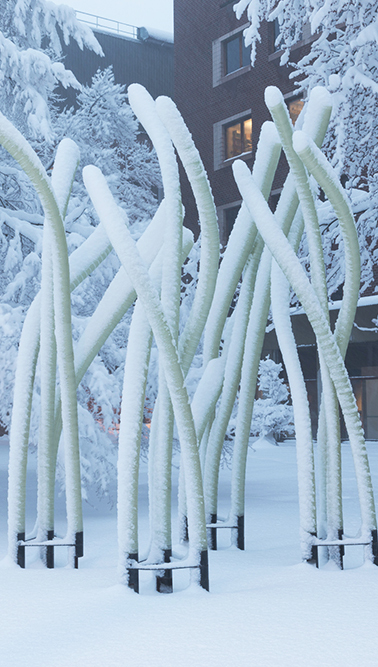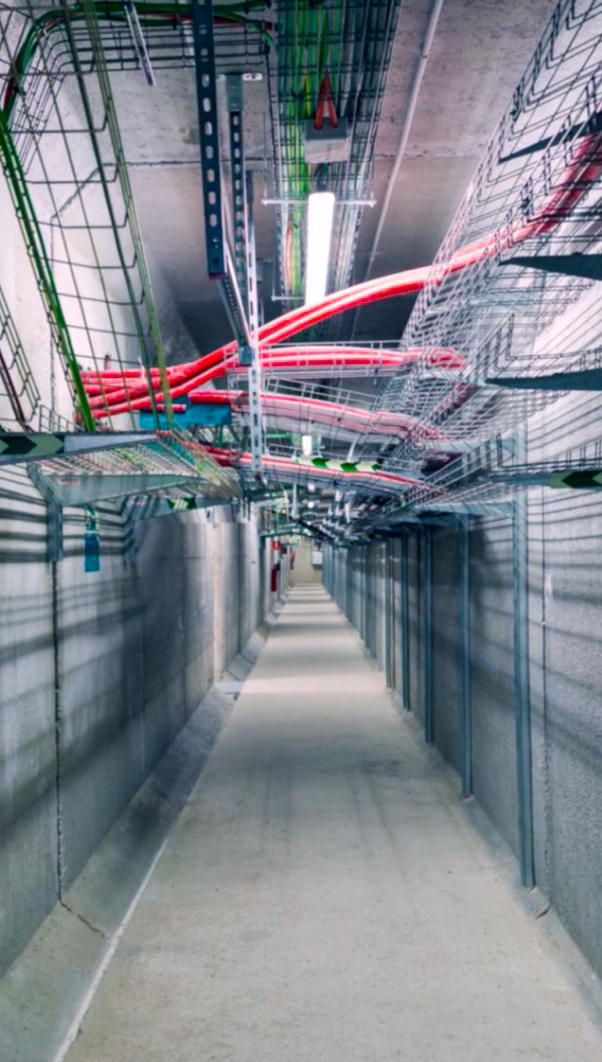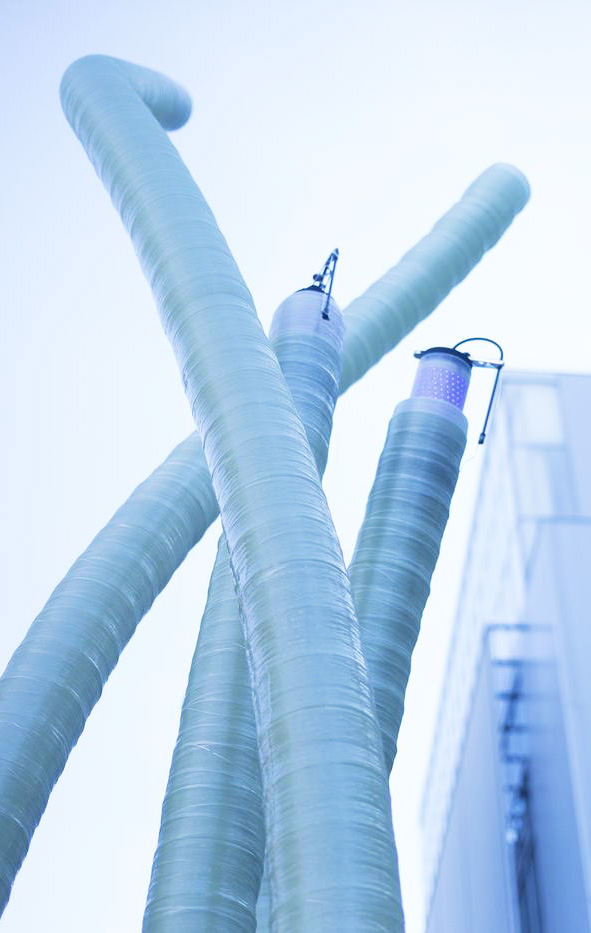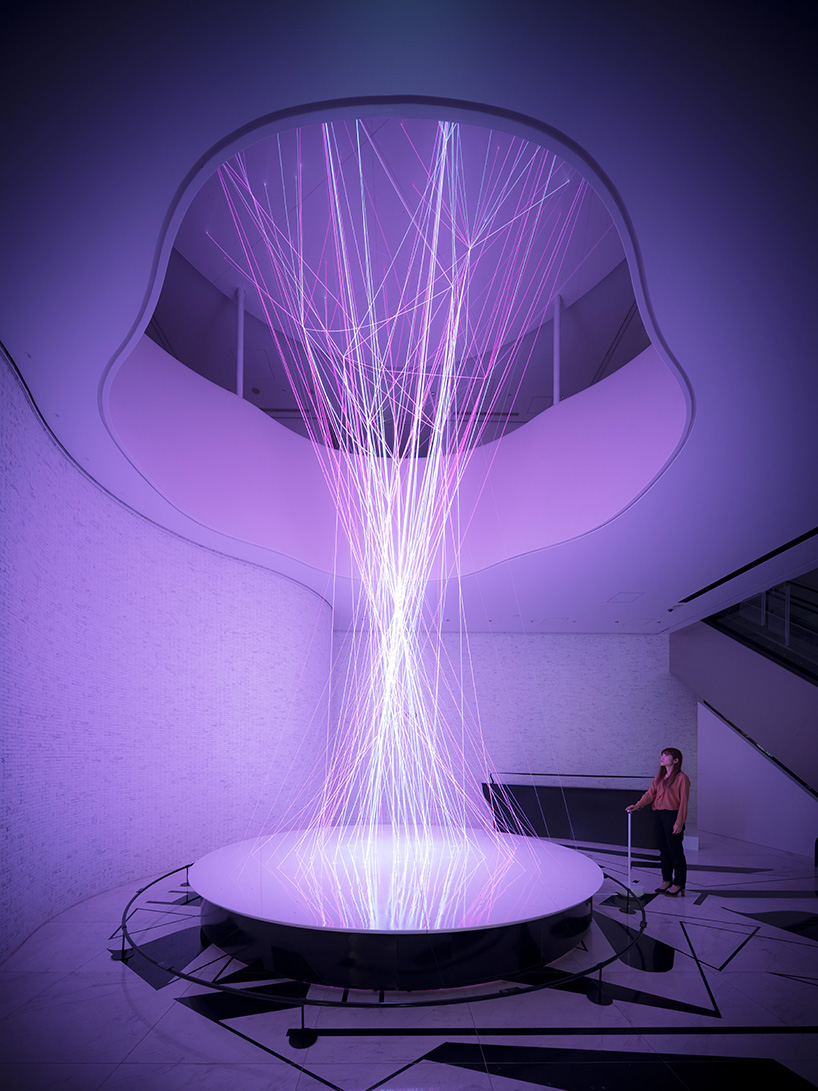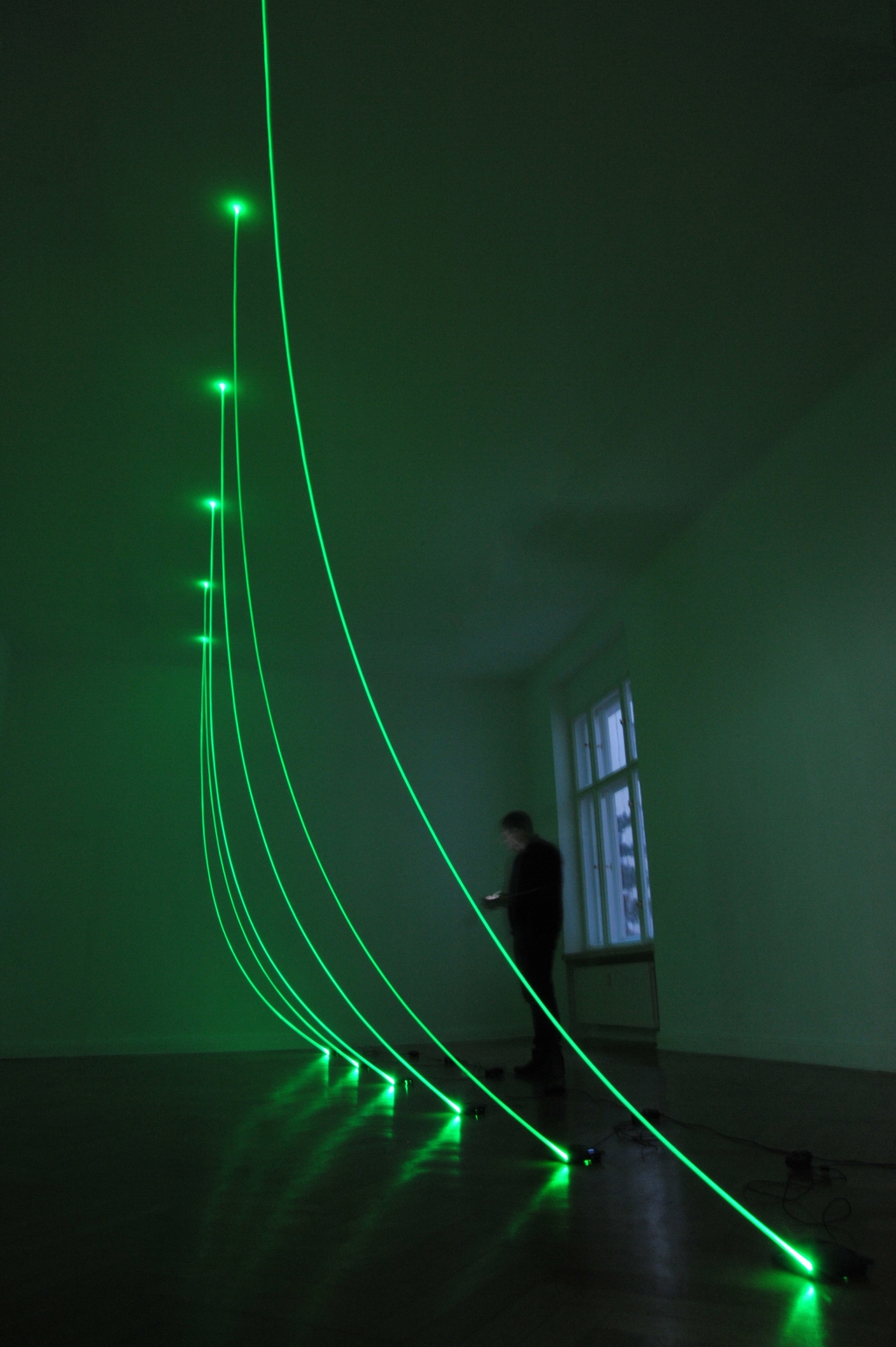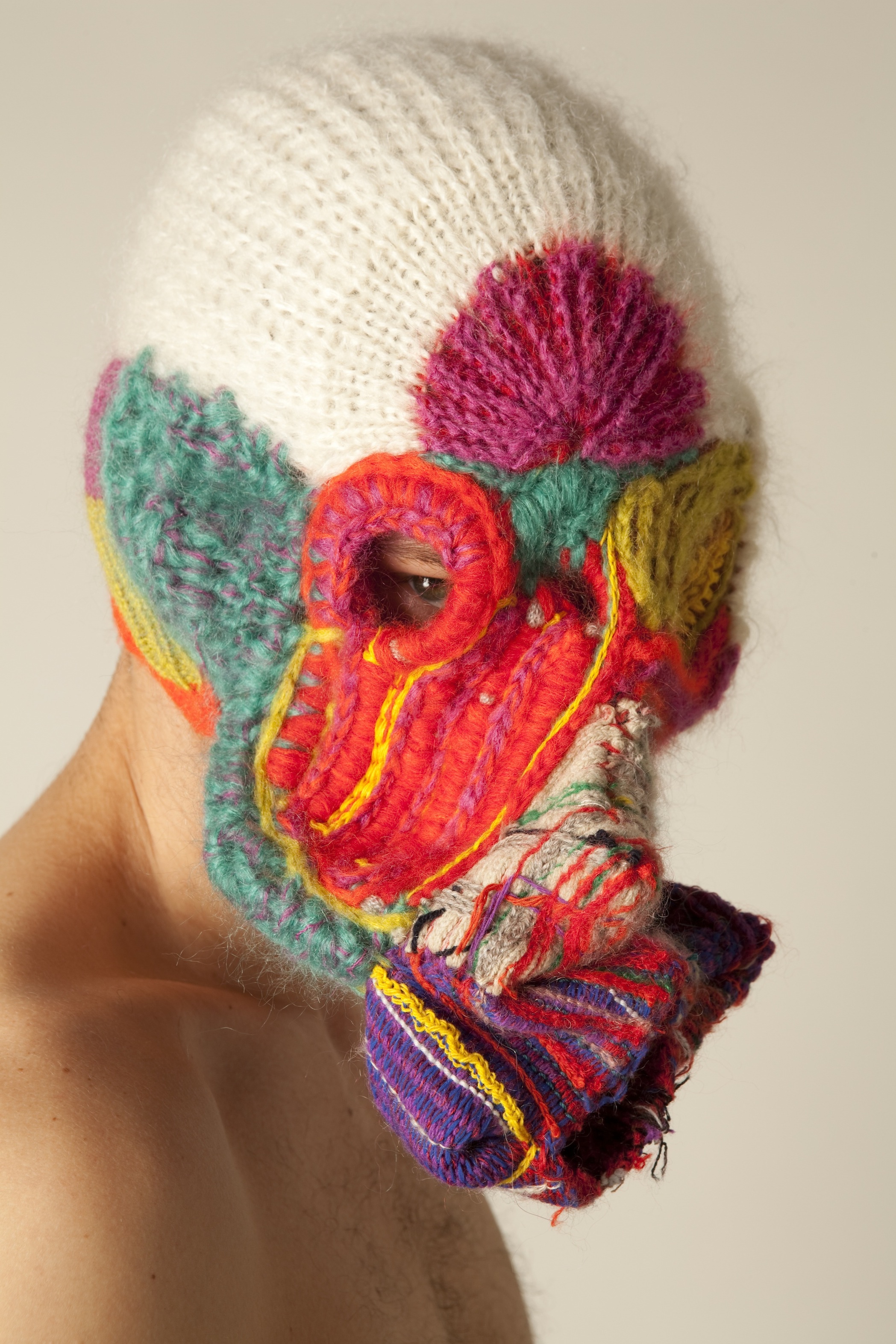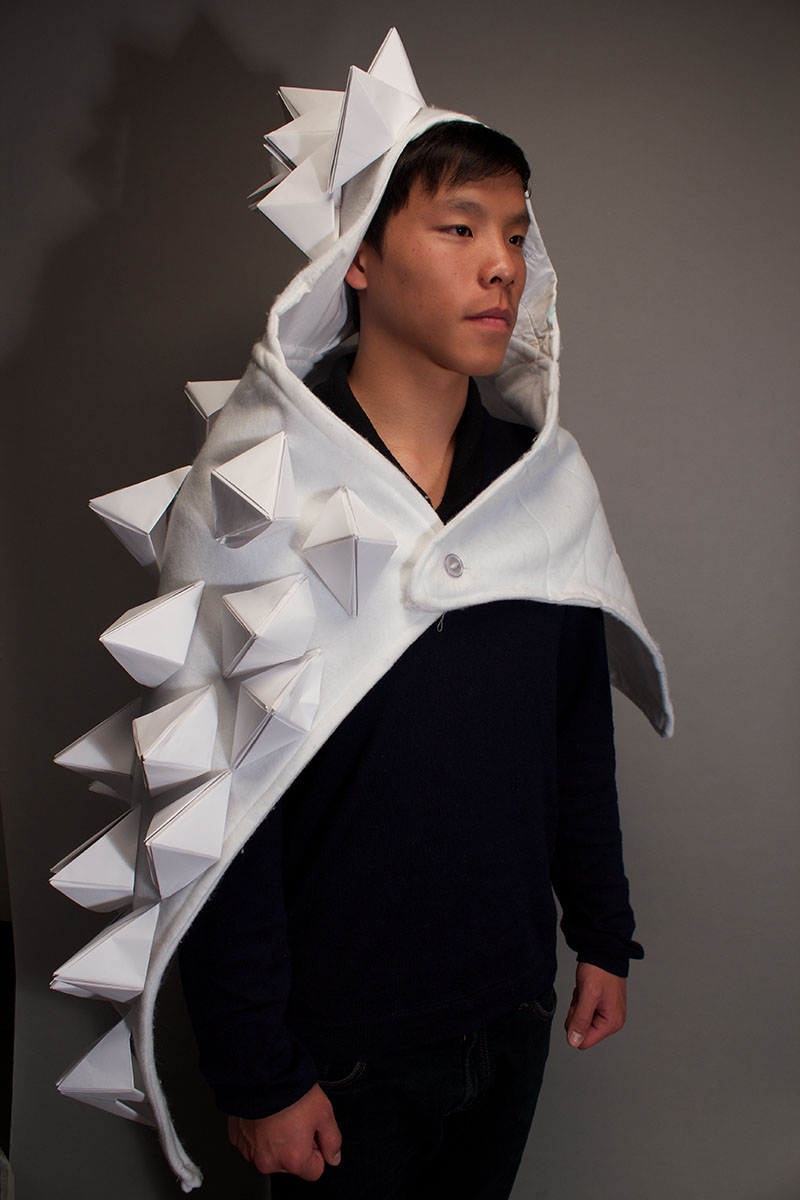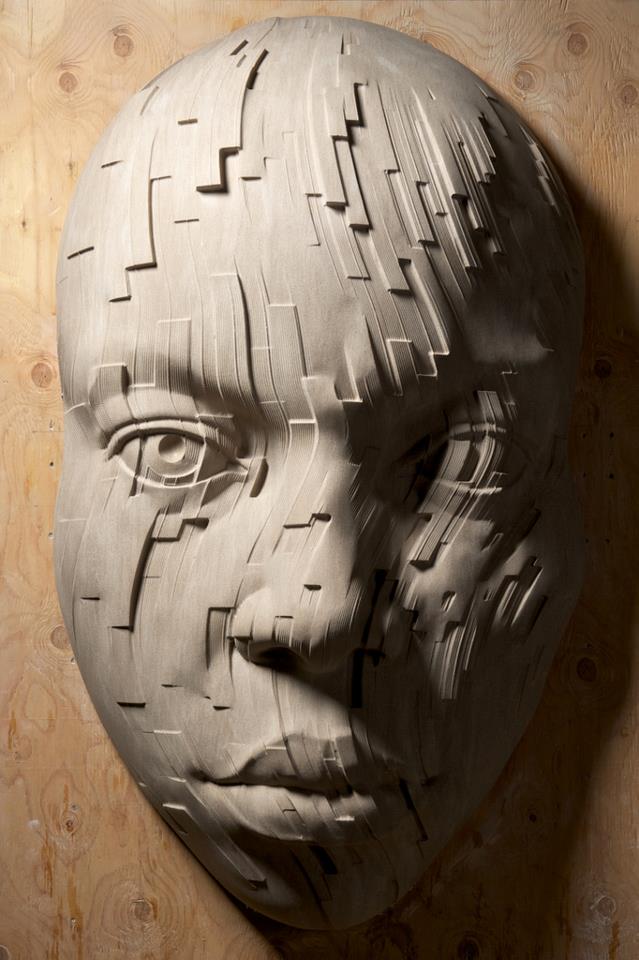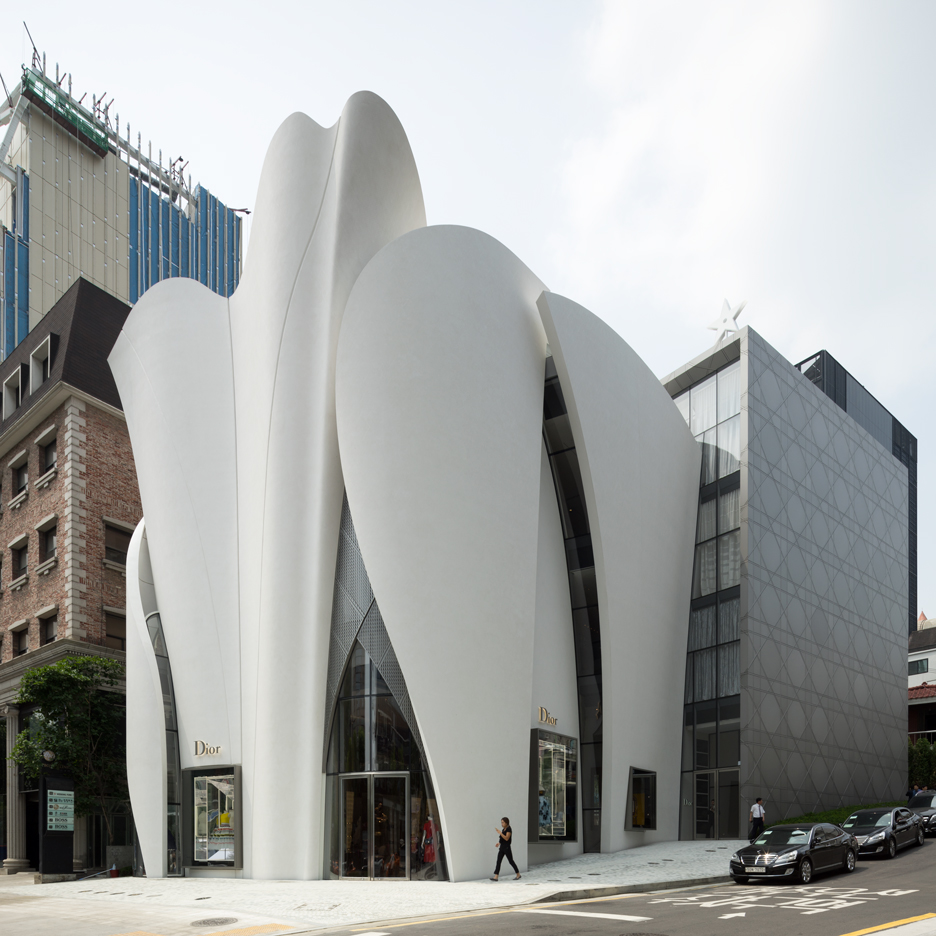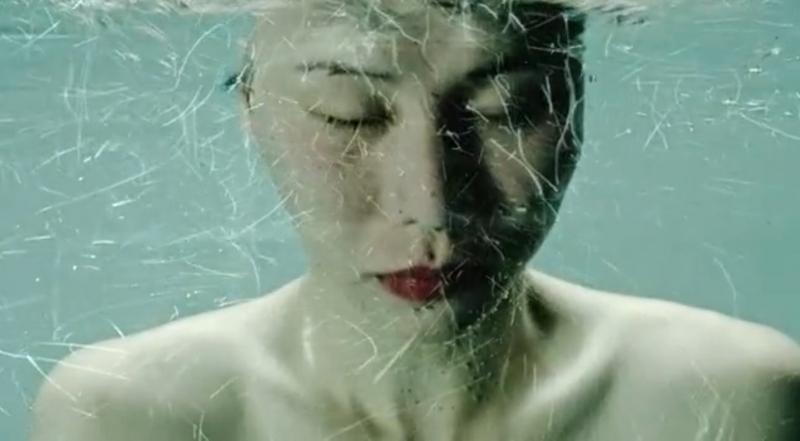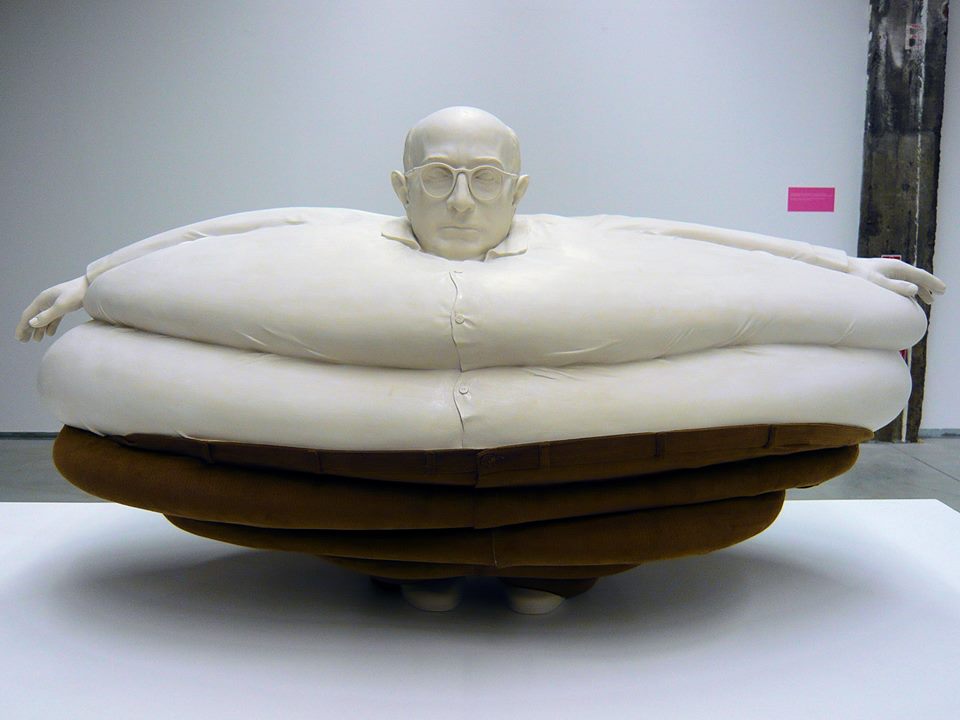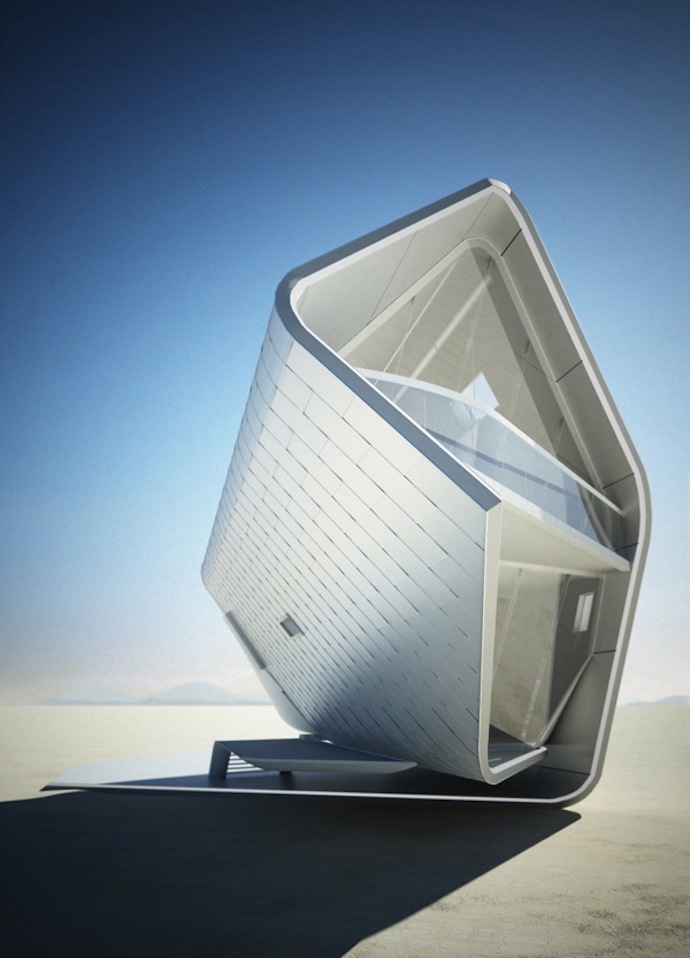CARBONIFEROUS table
Carboniferous is a table that cuts through space, definite and strong.Its many layers of black surface together create a shape, a crystallization of a quick movement, crushing, leading the eye towards the future.The honeycomb cardboard, covered with fiber glass and resin is finished off with layers of carbon fiber.The carbon fiber composes and traces the design, the movement into its unique strength.
In Carboniferous you get the feeling that the top surface does not necessarily represent the ideal landing platform.On another perspective the landing surface generates the powerful and matherical base.
Carboniferous is flowing and exploding, like an aggressive wind with a clear direction.As the earth below, coal is extracted into a new form, the result of sediment build-up of plants,
and also the secrecy and conspiracy of the Carbonari, from underground and from the depth of their hiding places,which emerges a few decades later into the tricolore (the three colours of the Italian flag).
Coal, a dense network of plant remains, and Italy, a mix of cultures and different latitudes.Italian amalgam of different origins, Italy particle edges, Italy multiform, Italy tangle of angles,Italy blunt, concave and convex, Italy Alpine wedge, Italy coal.Sediment of a combustion that melted and transfigured particles.


